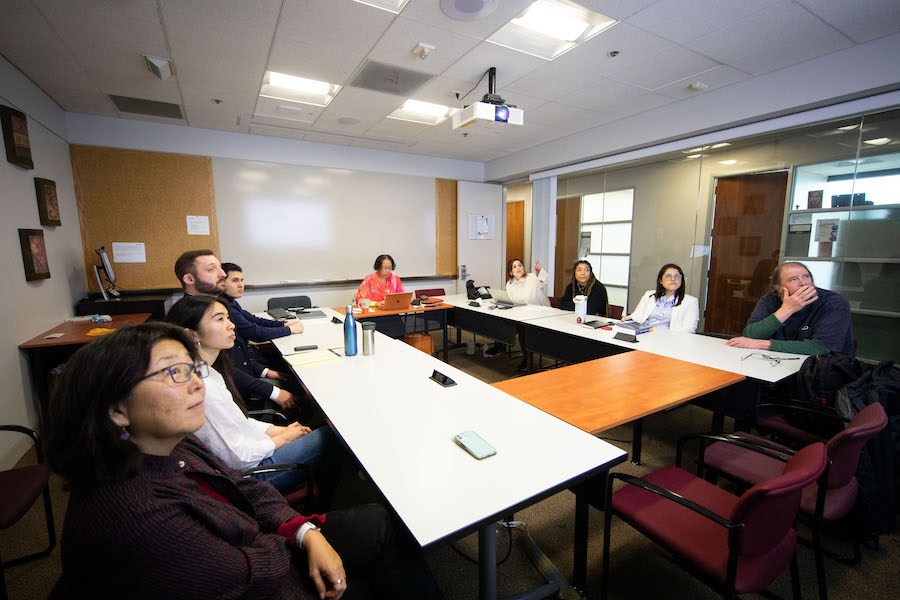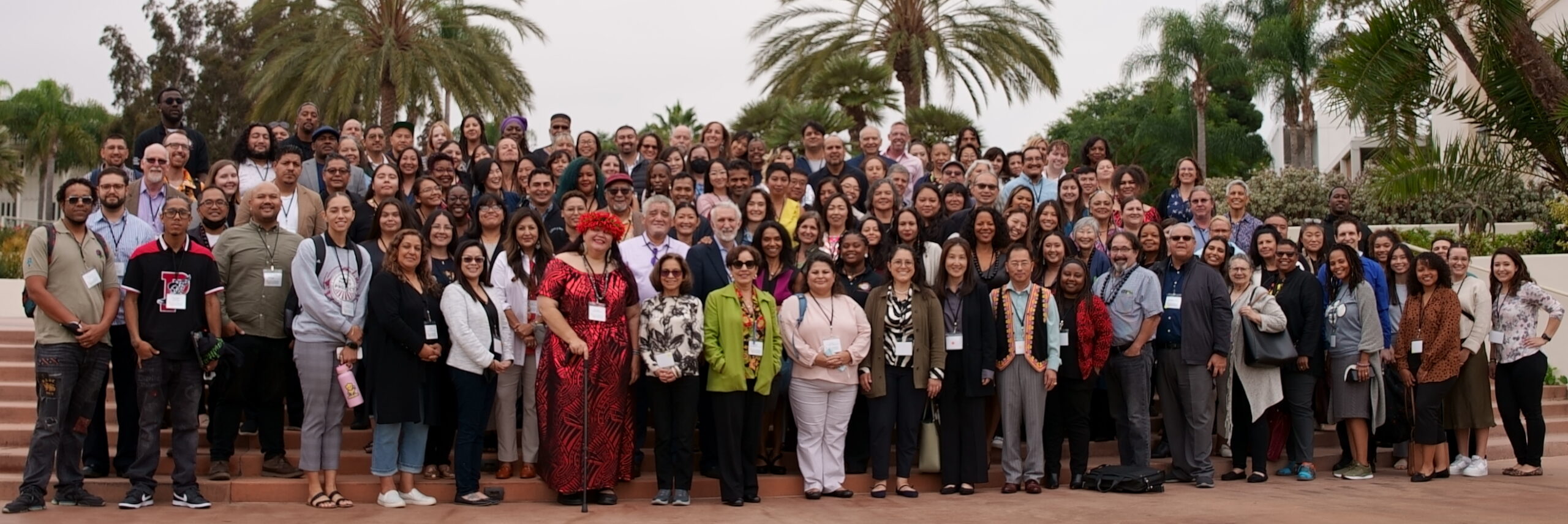
LOS ANGELES — The California Department of Public Health and the Office of Health Equity released results of the statewide evaluation of the California Reducing Disparities Project. Authored by Loyola Marymount University researchers, the report demonstrates the effectiveness of the state’s innovative community-based program to reduce mental health disparities while saving taxpayers money.
The statewide evaluation captured three years of quantitative and qualitative data, including participant surveys, programmatic reports, interviews, and administrative data that measure community-based approaches to mental health prevention and early intervention. Strategies tailored to the cultural character of diverse communities across California are effective at improving mental health across populations and serve as an alternative/complement to conventional evidence-based practices.
“Not all therapy is therapeutic, and not all things therapeutic come in the form of therapy,” said LMU Professor Cheryl Grills, the report’s lead author and director of LMU’s Psychology Applied Research Center (PARC).
The CRDP funded 35 diverse community-based interventions around the state called community-defined evidence practices (CDEPs) to provide culturally competent programs and services.
CDEPs were designed to align with the culture and values of each community; were developed in partnership with the local community; and were offered in easily accessible locations. Additionally, culturally, linguistically, and LGBTQ+ outreach and public communications strategies were employed to ensure unserved, underserved, and inappropriately served individuals would have access to mental health services. The statewide evaluation found that CDEPs contributed to:
• A strengthened capacity of individuals, organizations, and communities to respond to their own mental health needs more and more over time;
• Increased mental health access by serving 72% of adults and 49% of adolescents who had a mental health need in the year prior to CDEP services;
• Increased mental health availability by providing 17,599 unique individuals with 21,902 referrals to mental health services and other critical supports (e.g., health, legal, housing, basic needs, etc.);
• Prevention of mental illness development and/or promotion of positive well-being for many adult and adolescent participants. Specifically, 71% of adults and 67% of adolescents who started with no/mild psychological distress remained so post-intervention;
• Reduced mental health risk for many adult and adolescent participants with early signs of mental illness. Notably, 66% of adults and 49% of adolescents who started with severe psychological distress shifted to moderate distress or no/mild distress at the end of services;
• Highly rated client-provider-organization interactions, understanding of indigenous practices, and acceptance of cultural differences. For example, 97% of participants felt their cultural beliefs, remedies and healing practices were respected, and 97% reported that CDEP staff understood their affinity group’s gender and/or sexual orientation diversity.
The cost-benefit analysis showed that prevention matters as much as early intervention. Maintaining good mental health for participants who are doing well is as cost-effective as helping those who are struggling with serious psychological distress. Estimates indicate that CRDP Phase 2 had costs of $105 million and would generate social benefits with a long-term value of $559 million.
“Our research found that this approach, where communities participate in the development of mental health interventions and the outreach that drives participation in them, can make important inroads into reducing mental health disparities,” said Grills. “This is far more effective than showing up in communities of color and other marginalized communities with a manualized intervention that was created somewhere else, by people who are not reflective of the cultural and contextual realities of those in need of services, and with an often untested assumption that one size fits all. Communities in California and beyond should lean into the development and use of community-defined evidence practices.”
Downloadable Image




